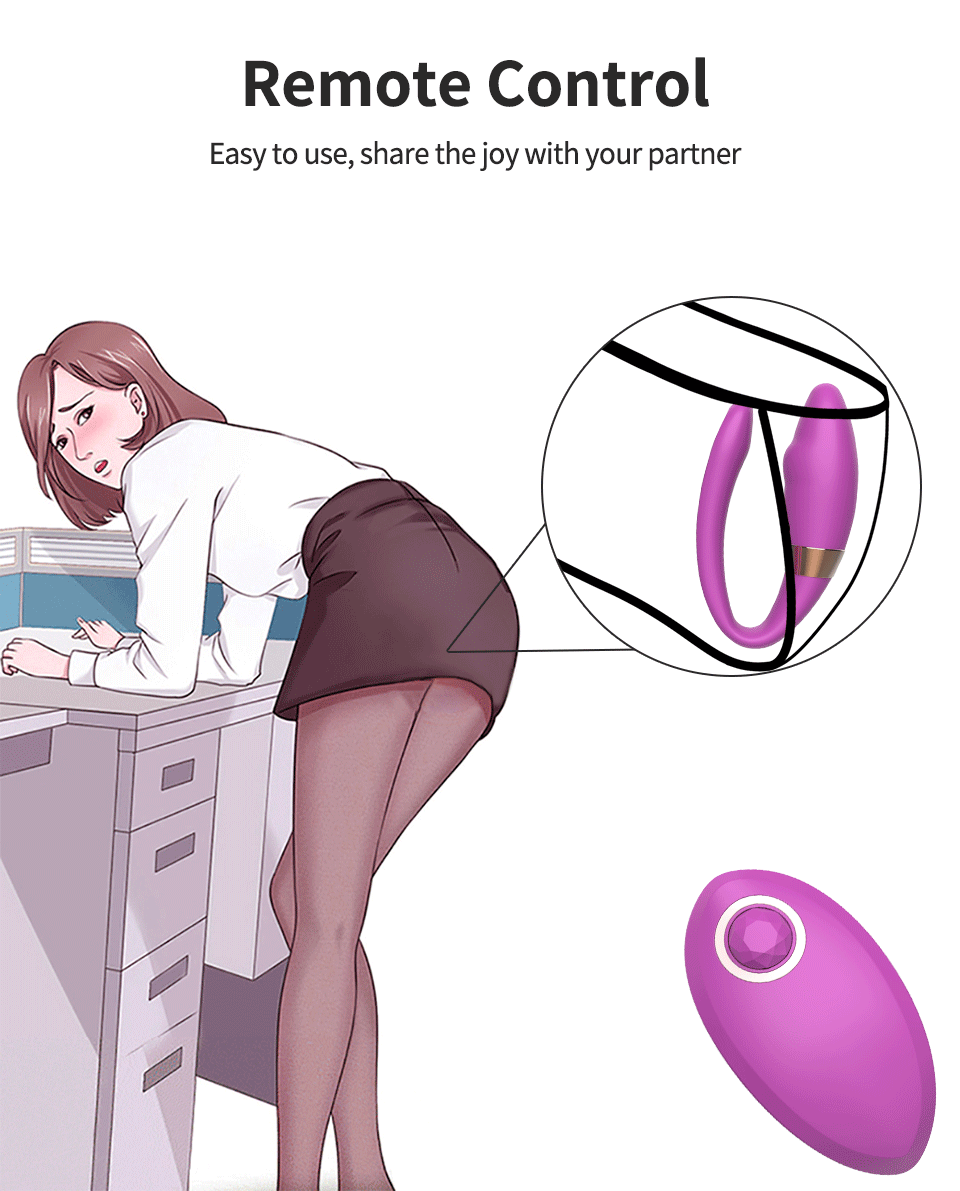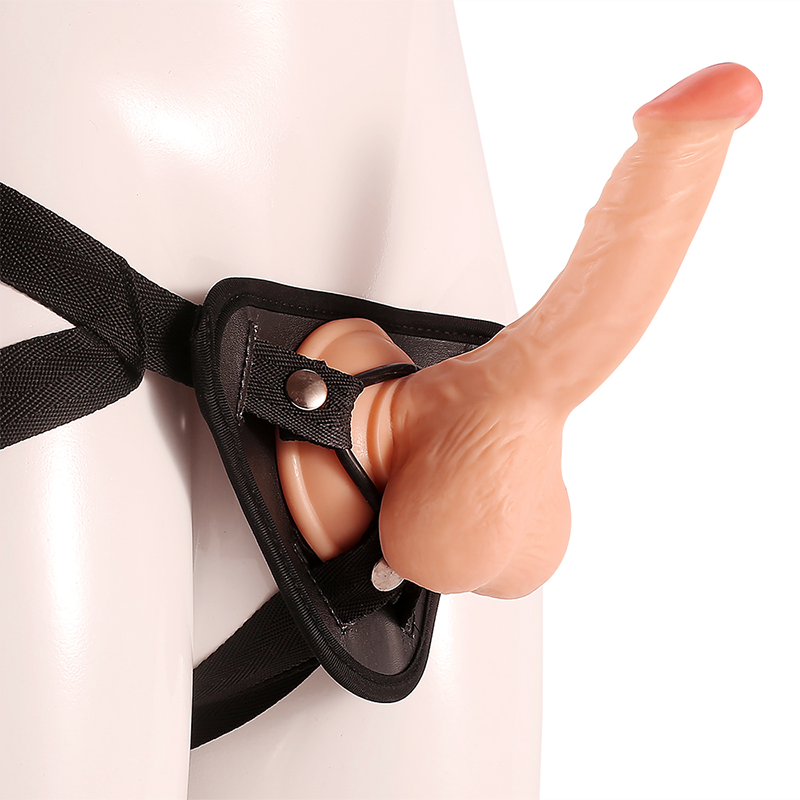News
The Hidden Pleasure: A Cultural Decoding of Cock Rings in Gay Sexual Practices
Within the sexual culture of the gay male community, the seemingly simple cock ring carries profound sociocultural significance. Originating in ancient China as a sexual aid, this tool has been creatively reimagined by modern queer communities, evolving into a dual symbol of both physical pleasure and psychological identity.
From a physiological perspective, cock rings enhance erection by restricting venous blood flow, creating a distinct sensation in male-male sexual encounters. Unlike in heterosexual contexts, gay men have developed more innovative uses—combining them with condoms for double protection or incorporating them into BDSM as symbols of power dynamics. Data from the University of Chicago’s Sexual Health Research Center indicates that approximately 38% of gay male couples have included cock rings in foreplay. 

The popularity of this device reflects the queer community’s subversion of traditional sexual narratives. In a society that has historically pathologized same-sex intimacy, the use of cock rings becomes a declaration of bodily autonomy and pleasure. A survey by Seattle’s Rainbow Health Alliance found that 67% of respondents believed such tools helped foster a more positive body identity. This seemingly private sexual practice subtly resists heteronormative sexual culture.
Notably, cock rings have also taken on symbolic meaning beyond utility in online subcultures. On platforms like Grindr, photos featuring bedazzled cock rings serve as a form of coded identity, a discreet yet recognizable signal within the community. This digital-age fetishism has, in some ways, reshaped aesthetic standards and social etiquette among gay men. 

Examining the phenomenon of cock rings through the lens of sexual diversity reveals more than just a choice in technique—it is a vivid example of marginalized groups crafting their own cultural language. As Foucault might suggest, such practices, often overlooked by mainstream society, represent the body’s micro-resistance against power structures. Behind the unassuming rubber ring lies a complex narrative of pleasure politics.






